Navigating a new city can be complex, but modern technology has made travel more efficient than ever. For visitors to the Russian capital, the combination of a Moscow Pass for attractions and digital payment methods promises a highly streamlined experience. The idea of linking a city pass to a digital wallet like Apple Pay is incredibly appealing. However, the use of contactless payment services and specific city passes requires a clear understanding of current realities. Therefore, a look into the true compatibility of Moscow Pass and Apple Pay is essential for any traveler aiming for a seamless trip.
The Concept of Digital Travel in Moscow
A seamless digital travel experience relies on two key components. First, there’s a city pass that provides easy access to attractions and sometimes transportation. Second, there are versatile and fast payment methods for everything else. The Moscow Pass, for example, is a popular choice for tourists. It offers entry to many of the city’s top museums and attractions, often with an option for public transport included. This pass saves time and money. It also eliminates the need to buy individual tickets at each location.
On the other hand, contactless payment systems such as Apple Pay offer incredible convenience for everyday transactions, from a metro ride to a coffee. They allow users to pay for goods and services with a simple tap of their phone or watch. In a fast-paced city like Moscow, this speed and efficiency can make a big difference. The combination of a unified pass and a universal payment system creates an appealing vision for the modern tourist. However, the practicalities of using Moscow Pass and Apple Pay together depend on current technological and political circumstances.
Understanding Apple Pay’s Functionality in Moscow
A critical point for travelers to understand is the current state of Apple Pay in Russia. Although many sources from previous years may suggest its widespread use, the situation has changed significantly. Due to international sanctions, major payment systems like Visa and Mastercard have suspended their operations in Russia. Since Apple Pay relies on these card networks to function, the service is currently not operational for most international cards in the country. Therefore, a tourist with a foreign bank card will find that Apple Pay is not a viable option for payments.
Consequently, tourists should not rely on Apple Pay for their daily spending. Instead, they should be prepared with alternative payment methods. Cash is widely accepted everywhere, and it remains a reliable choice. The local payment system, Mir, has become the dominant method for digital and contactless payments. Additionally, some countries’ cards, such as those from China’s UnionPay network, may still work. This significant change in the financial landscape means that the digital travel experience for international visitors has been fundamentally altered. It is no longer as simple as using an existing digital wallet.
The Moscow Pass: A Standalone Solution
The Moscow Pass operates independently of digital wallets like Apple Pay. This pass is typically a physical card or a QR code-based voucher that is presented at the entrance of attractions. It is not an app-based solution that can be integrated into Apple’s Wallet. For this reason, the pass and the payment service cannot be directly linked.
Furthermore, the purchase of a Moscow Pass itself may be challenging for tourists without a Russian bank account. While many international websites sell the pass, a physical card must still be picked up upon arrival. The pass is a great tool for a visit. It simplifies access to a wide range of attractions. However, it does not function as a digital wallet and is not a payment instrument for purchases outside its list of attractions. Therefore, it is a key element of a streamlined trip but it does not enable the contactless payment experience one might desire. The distinction between a digital product and a digital service is crucial in this context. The Moscow Pass is a product, not a service like Apple Pay.
Alternative Digital Solutions for a Seamless Trip
Despite the limitations, it is still possible to have a relatively seamless digital experience in Moscow. The city has invested heavily in modernizing its public transport payment systems. While Apple Pay might not be an option, other contactless methods are available. The Troika card, a reusable contactless smart card, is the most popular way to pay for public transportation. It can be topped up at metro stations, and it can be used on the metro, buses, and other public transit options. This card is a must-have for any tourist.
For a truly modern and integrated approach, some Russian banks offer digital wallets that work with the Mir payment system. However, this is primarily useful for those with a Russian bank account and is not a practical solution for most short-term visitors. The Moscow Metro has even introduced a biometric payment system called “Face Pay.” This system allows passengers to pass through turnstiles using facial recognition. However, it requires a Russian bank card and a Russian mobile number. This demonstrates the city’s drive towards a digital future. However, it is a future that is not yet fully accessible to all international travelers.
In summary, the dream of a fully integrated digital travel experience using Moscow Pass and Apple Pay is not a current reality for most international visitors. While the Moscow Pass itself is a highly effective tool for sightseeing, its functionality is separate from digital payment systems. Due to recent geopolitical changes, Apple Pay is not widely usable for foreign travelers in Moscow. Therefore, tourists should plan their trip with this in mind, and they should be prepared with cash and a Troika card for a smoother experience. The city’s digital infrastructure is advanced and impressive, yet access to it is currently limited for many.

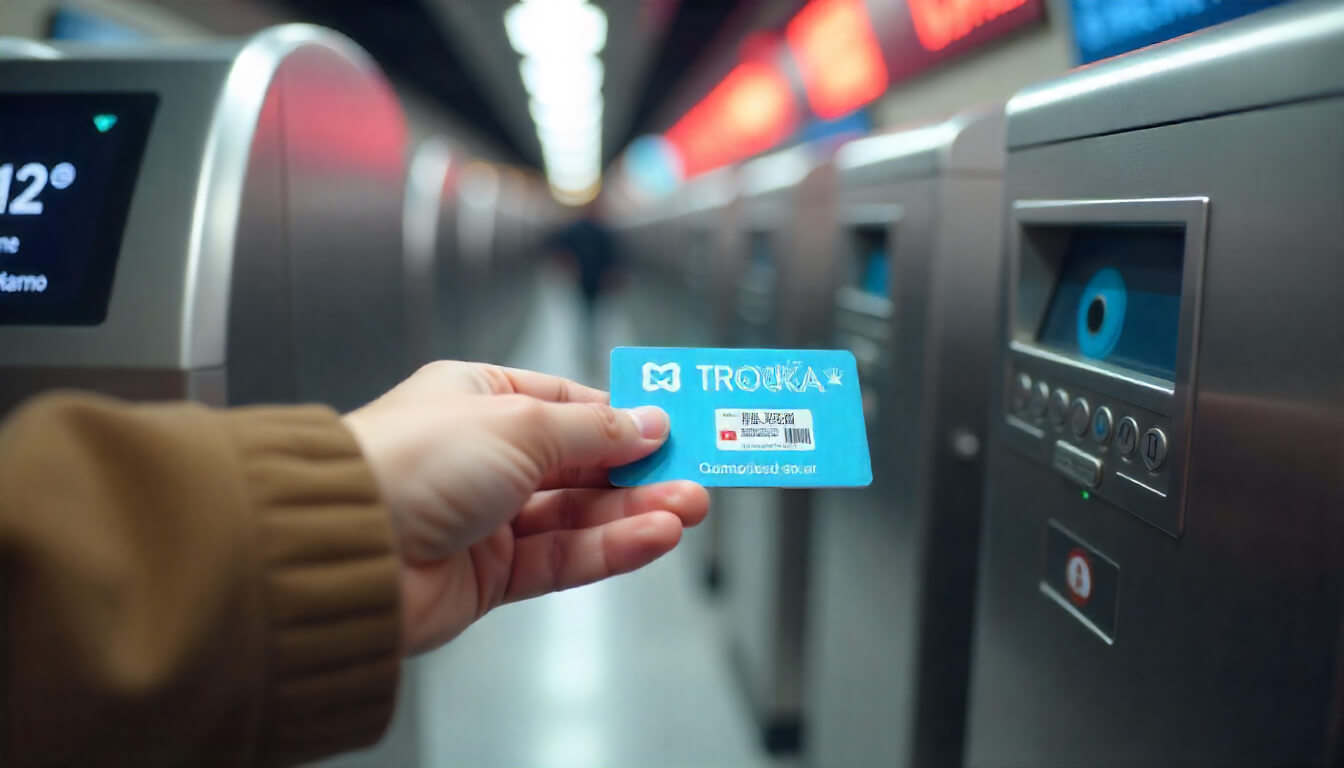 Moscow Pass and Apple Pay: Seamless Digital Travel Experience">
Moscow Pass and Apple Pay: Seamless Digital Travel Experience">

 Getting Around Moscow: Metro, Buses, and Alternative Transport Options">
Getting Around Moscow: Metro, Buses, and Alternative Transport Options">
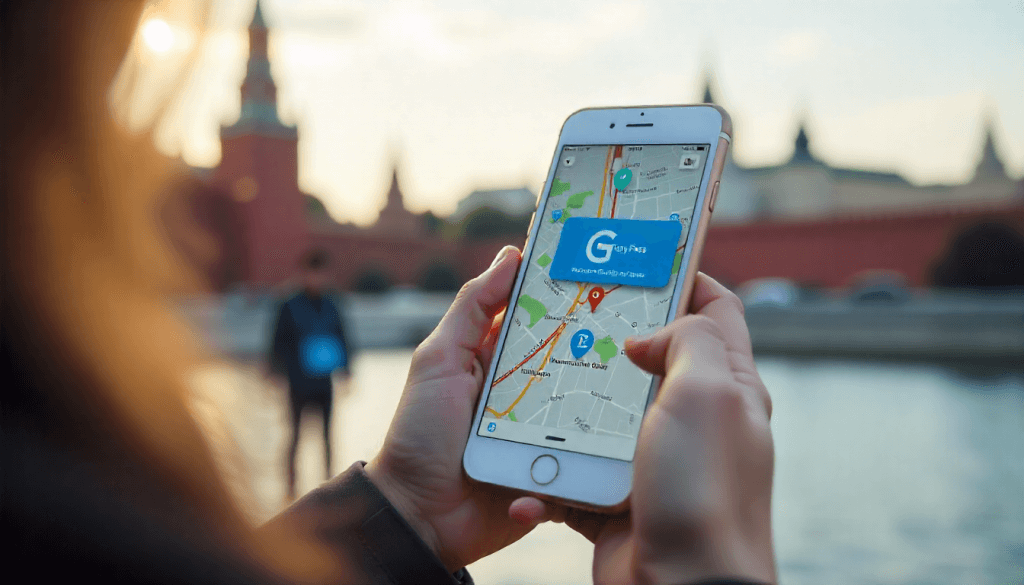 Moscow Pass Digital Features: Maximizing Your Tech-Enhanced Experience">
Moscow Pass Digital Features: Maximizing Your Tech-Enhanced Experience">
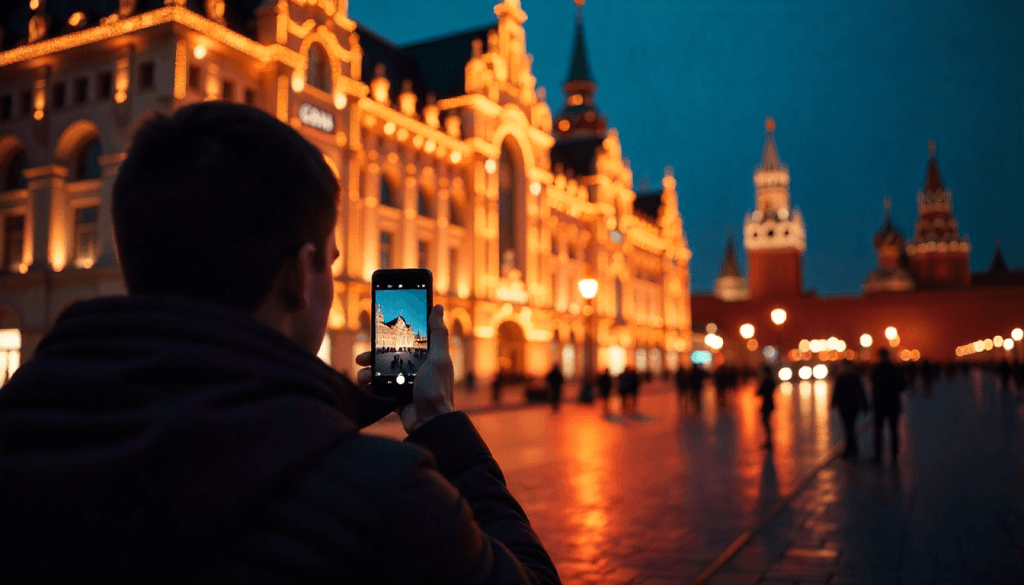 Moscow Through Your Phone: Best Photography Apps and Editing Tips">
Moscow Through Your Phone: Best Photography Apps and Editing Tips">
 Smart Tourism in Moscow: Apps and Digital Tools for Modern Travelers">
Smart Tourism in Moscow: Apps and Digital Tools for Modern Travelers">
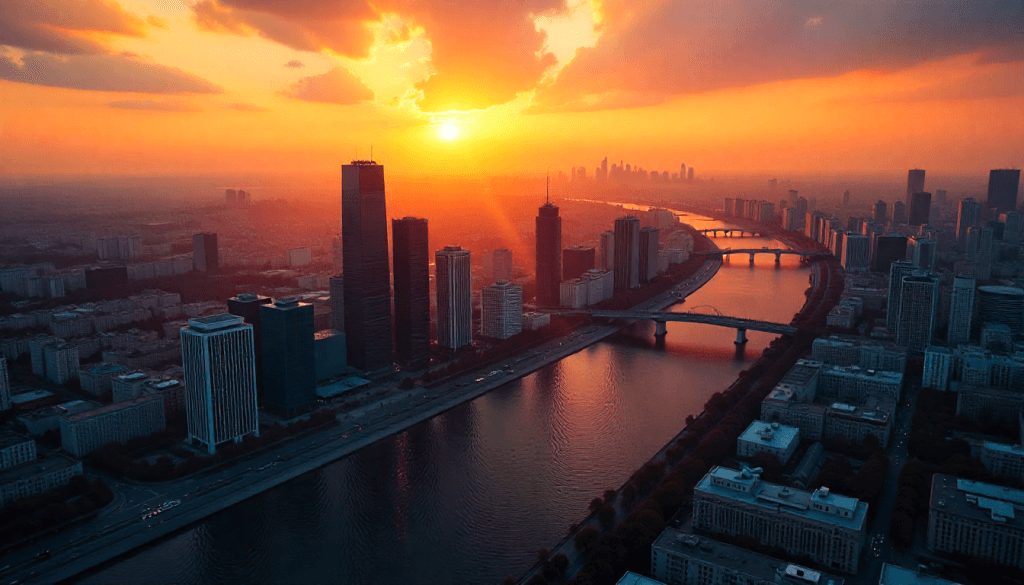 Drone Photography in Moscow: Legal Spots and Stunning Aerial Views">
Drone Photography in Moscow: Legal Spots and Stunning Aerial Views">
 Instagrammable Moscow: Photography Workshop Ideas for Social Media">
Instagrammable Moscow: Photography Workshop Ideas for Social Media">
 Rooftop Moscow: Secret Viewpoints and Sky-High Adventures in 2025">
Rooftop Moscow: Secret Viewpoints and Sky-High Adventures in 2025">
 Hidden Moscow: Off-the-Beaten-Path Locations Your Pass Unlocks in 2025">
Hidden Moscow: Off-the-Beaten-Path Locations Your Pass Unlocks in 2025">
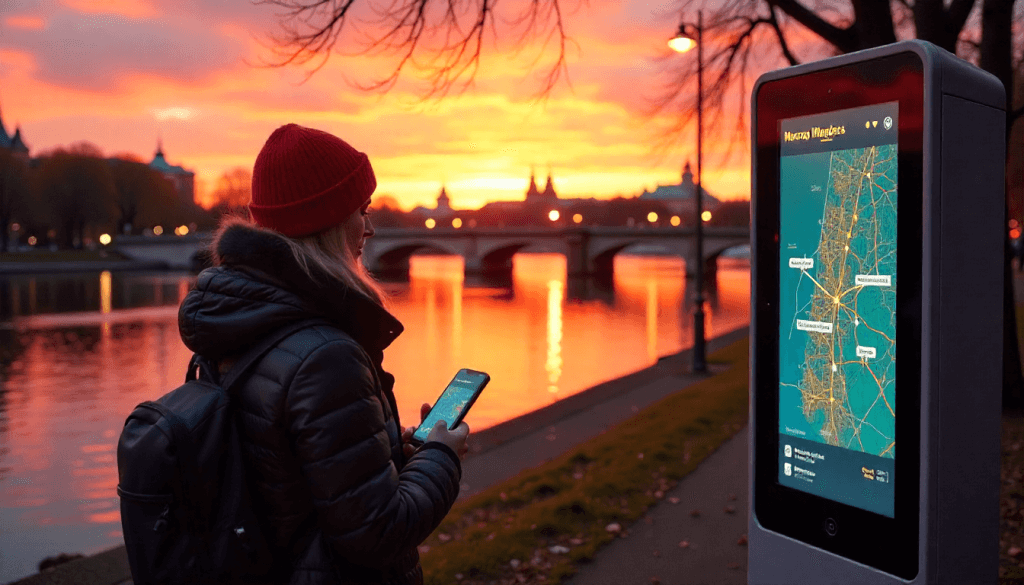 Moscow’s Smart City Features: How Technology Enhances Tourism in 2025">
Moscow’s Smart City Features: How Technology Enhances Tourism in 2025">
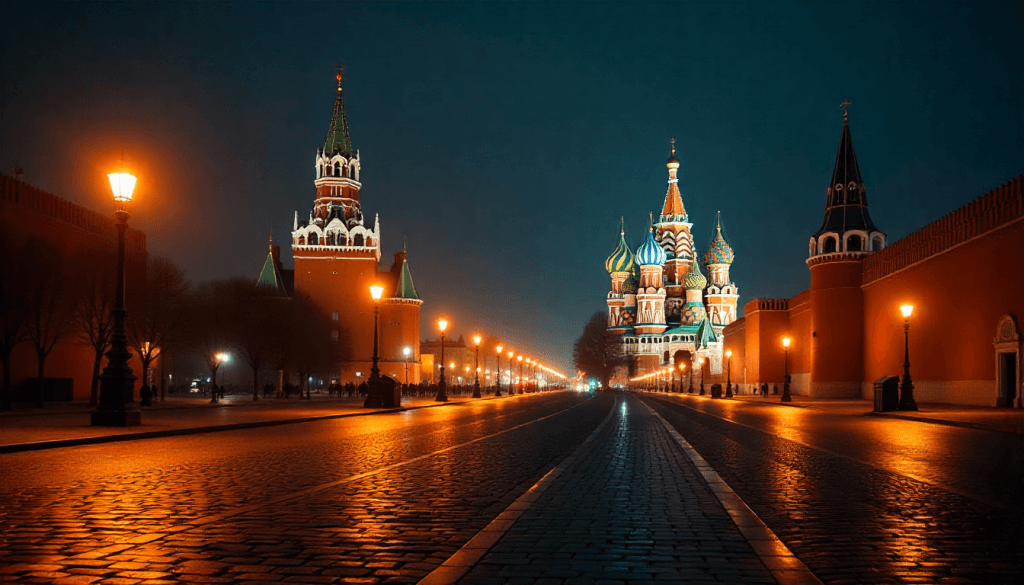 Moscow After Midnight: Late-Night Attractions and 24-Hour Experiences">
Moscow After Midnight: Late-Night Attractions and 24-Hour Experiences">